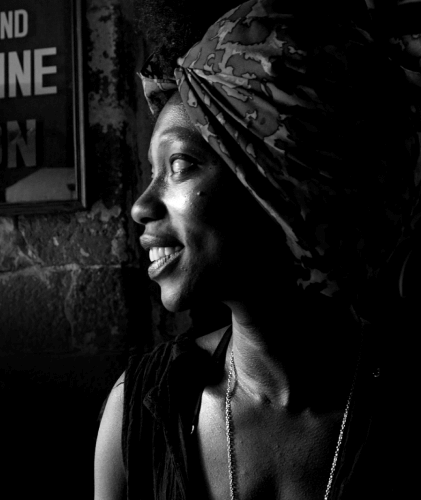Mamy Tall
Fixing problems, finding solutions
Architect and entrepreneur Mamy Tall is forever rushing between meetings in Dakar. Her day job is in the public sector, on a mission to protect and update Senegal’s heritage. After hours, Tall keeps busy as a photographer and Art Director, collaborating with some of Senegal’s biggest names in fashion and music. She likes it best when her different worlds merge.
Published 02/11/2020
MT
I knew early on that I wanted to mix different forms of expressions. Architecture gives me a perfect balance, I am able to voice myself artistically, but in a structured framework where I must apply discipline.
RU
You were born in Dakar but grew up in neighboring Togo. Is it good to be back ?
MT
Everything inspires me in Dakar, it is constantly changing. Nothing ever feels ordinary to me here. I can get 30 new ideas by just walking down the street. Maybe it has to do with me not having grown up here… On the other hand, my friends who are from Dakar, find the same inspiration in daily life. I guess we share a vision and a goal: To rediscover our patrimony, our traditions. See them in a new light, and help others to do the same.
In 2014, Tall co-founded Dakar Lives, a social media platform that shows its 100k+ followers Dakar beyond tourist attractions like the Monument Africaine de la Renaissance, a massive statue perched on a hill in the city center that was sponsored by North Korea. Self-described as an account that “connects the dots between people, cities & cultures”, Tall says that she wanted to show people the Dakar that doesn’t show up on Google.
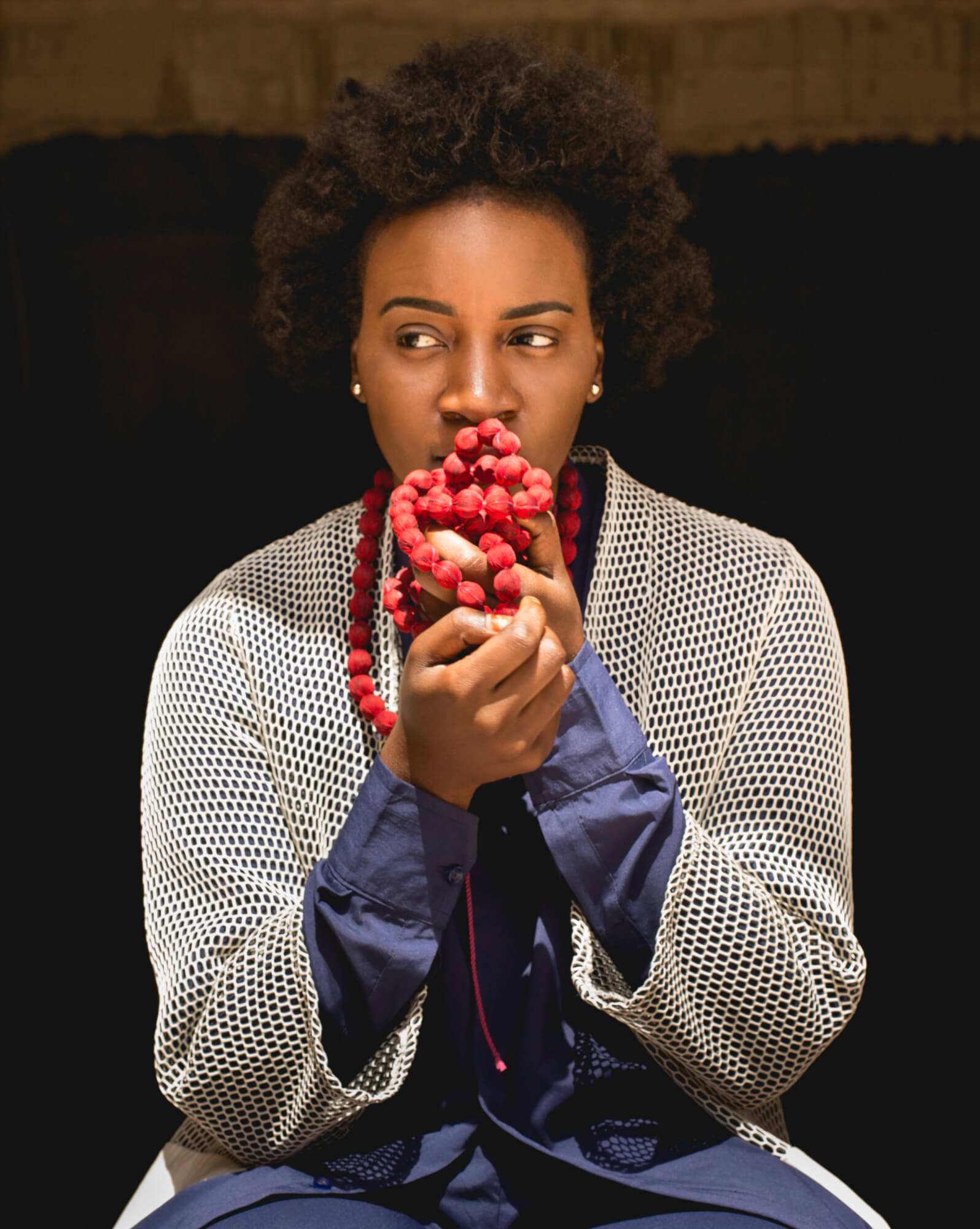
MT
You can spend a week completely booked here, immersed in culture, meeting really interesting people, discovering amazing food. The app is based on contributions from many Dakar creatives. None of us do this as our principal work, so we pick stories that are close to us, that inspires us. We’re trying to create special moments and make people feel that their time in Dakar is unique.
When we had the idea for Dakar Lives and called the first Instameet, we weren’t sure if anyone would turn up. It was raining that day as usual in Dakar everybody was two hours late. But in the end, it worked out great and is spreading everywhere. Now, we have also created Bamako Lives for Mali. Morocco Lives for Morocco, Lome Lives for Togo and Conakry Lives for Guinean capitol city. And right now we are launching Abidjan Lives. In every city, the content is produced by people in that location.
RU
Why did you decide to become an architect ?
MT
I was eight, liked to draw and had a lot of energy. Architecture seemed like a field where I could sketch, and not be stuck in a room, in front of a computer all day. When I told my father, he introduced me to his friend, Senegalese architect Atepa Goudiaby. His office was near our house in Dakar, where we spent the summer holidays. My dad asked if I could come for a month during the summer and learn about the world of architecture. That was it. I kept going every summer, and my interest kept growing.
My father passed away three months before my graduation, so it felt like a homage to him. The fact that he always supported my dream, and here I am today, makes me really proud. I think he must be proud too.
Tall is known amongst her friends to be “obsessed” with rediscovering traditional ways of building. She likes the recently built Artists’ Residency and Cultural Center in Sinthian (south-east of Senegeal), for which Japanese architect Toshiko Mori used only local materials, like bamboo and compressed earth blocks that absorb heat. Perforated wall sections provide natural air flow and ventilation.
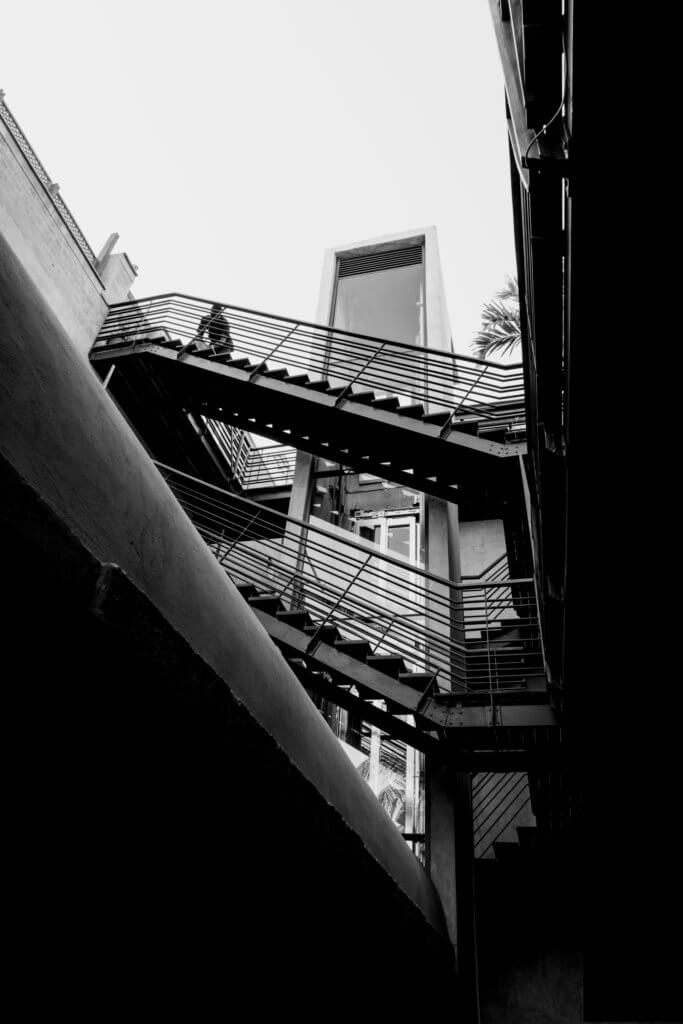
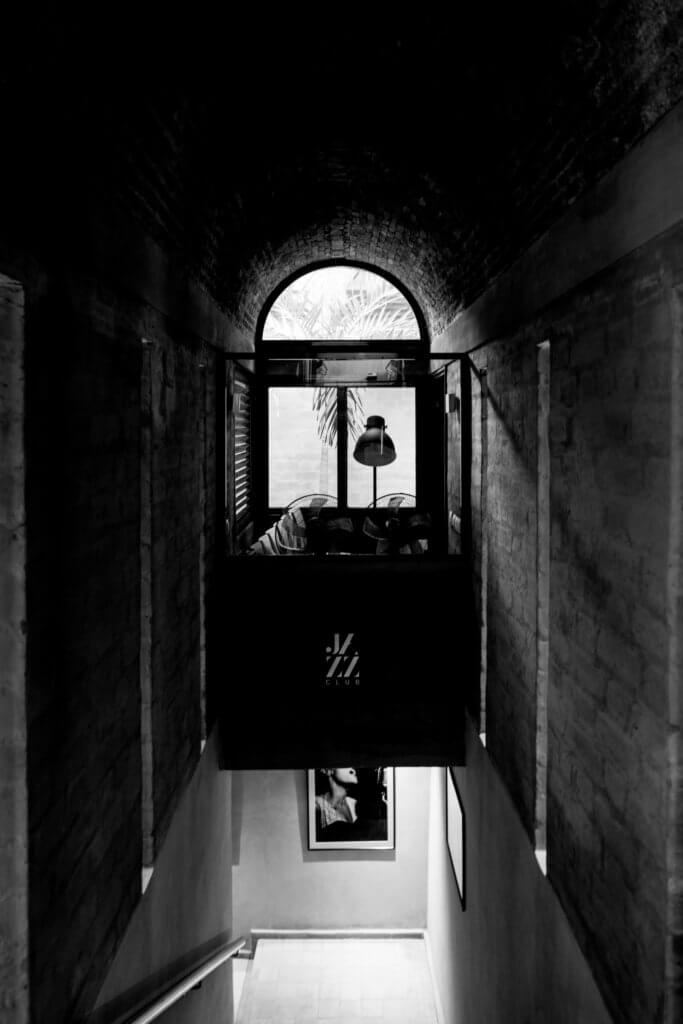
Hotel Le Djoloff
MT
Mori used Senegalese typology to create something modern and beautiful. It’s just sad that it had to be brought here by someone who is not from here. Mentalities have to change; knowledge needs to increase. People are the main problem, really. But I think our generation is more conscious of the patrimony, the need for innovation grounded in our patrimony, and the specific demands put by local realities. I think the identity of a building, of culture, a city, is really important. In Dakar, we’ve been losing our culture as a city for a long time. The buildings, the spaces doesn’t show that we are in Senegal. Our politicians just want to copy what they see in Europe or Dubai. That’s not what we need in Africa today! I believe that we have enough skills in our tradition and patrimony to plan and build our own unique urban spaces.
For me, architecture is about fixing problems, and finding solutions. I think we who are young creatives have to convince people that we who are from the continent can be the problem solvers here. As digital natives, we can visualize our ideas, and reach many more people through platforms like Instagram. We can change people’s minds without using technical terms.
«The colonial period put a lot of stuff in our heads.»
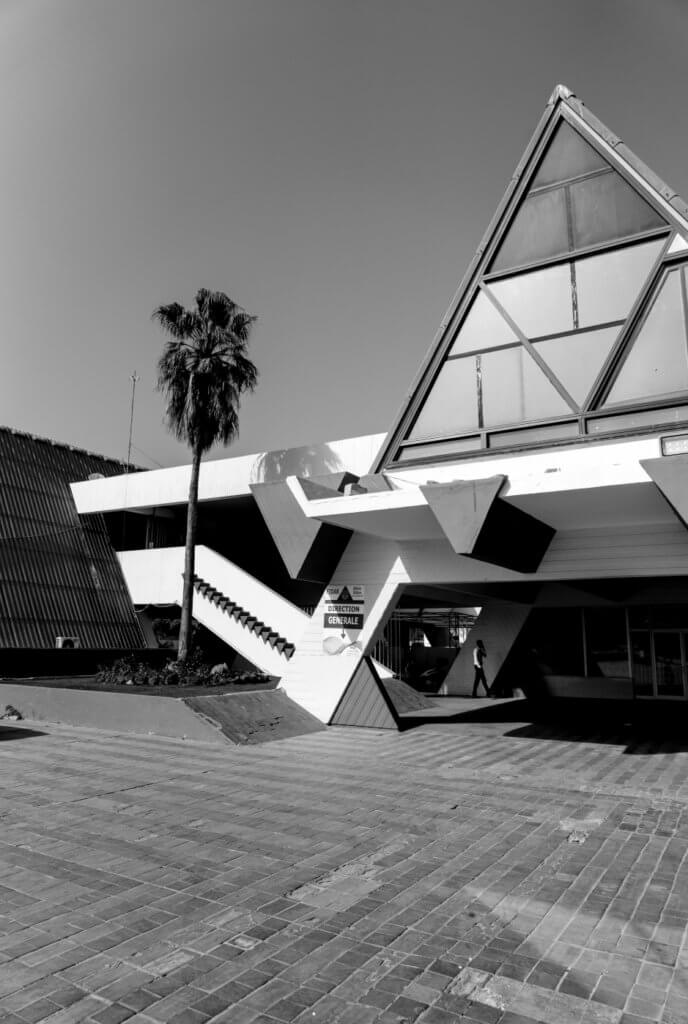
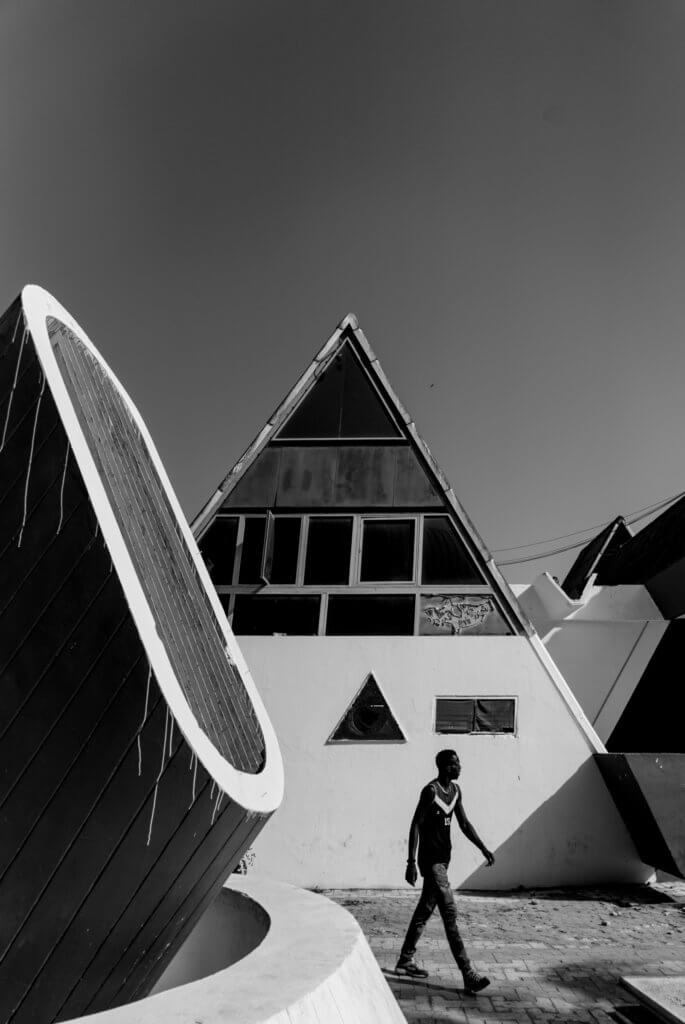
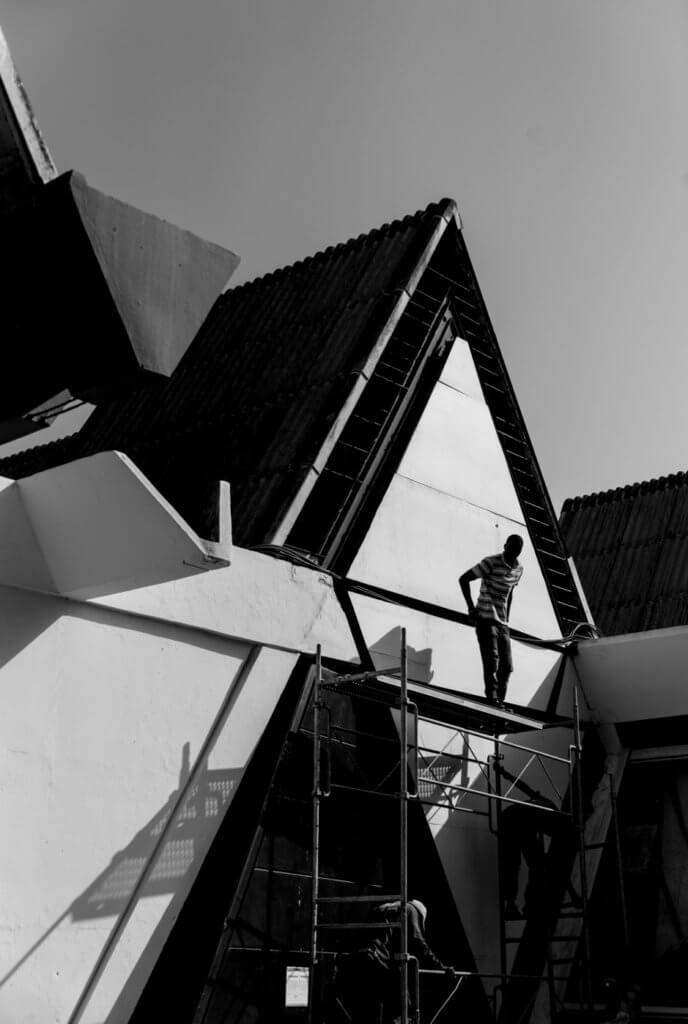
RU
Why do you think it is so difficult to change the mindset ?
MT
The colonial period put a lot of stuff in our heads. It made us think that our local materials and techniques weren’t good enough for modern construction. It’s frustrating to know that the opposite is true. Earth materials are perfectly suited to modern day needs, not least from an environmental perspective.
When I was studying architecture in Montreal, none of us from the African continent wanted to do work with earth materials. We felt that people would think that that was all we could handle. But for my final project, I went to Togo, to Morocco and Niger and met leading architects specializing in locally sourced materials. It felt like coming home!
At her job with AGBPE, a state agency that is responsible for restoring and protecting public buildings, Tall is currently working on Gorée, a small island off the coast of Dakar, well-known for its role in the Trans-Atlantic slave trade.
MT
We are restoring 118 private houses and all public spaces. Much of it is French classic architecture, a reminder of a painful period. Some people want all colonial structures to be demolished, including the colonial buildings in Downtown Dakar. I personally think they must stay, but be adapted to our own typology. We should use them, transform them, own them. Imprint our identity on them. Thankfully, the buildings on the island of Gorée can’t be destroyed, because they are on the UNESCO World Heritage list. Maybe that’s what we need to do, class every single building in Dakar on the “Patrimoine Mondial de l’UNESCO”, then we wouldn’t have any problems [laughs].
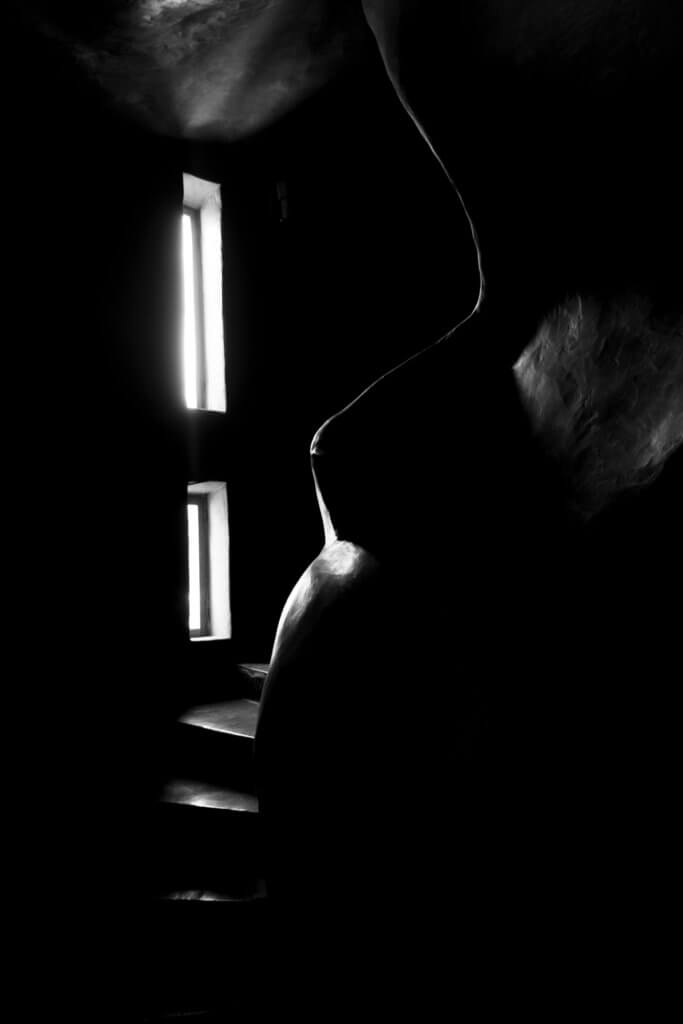
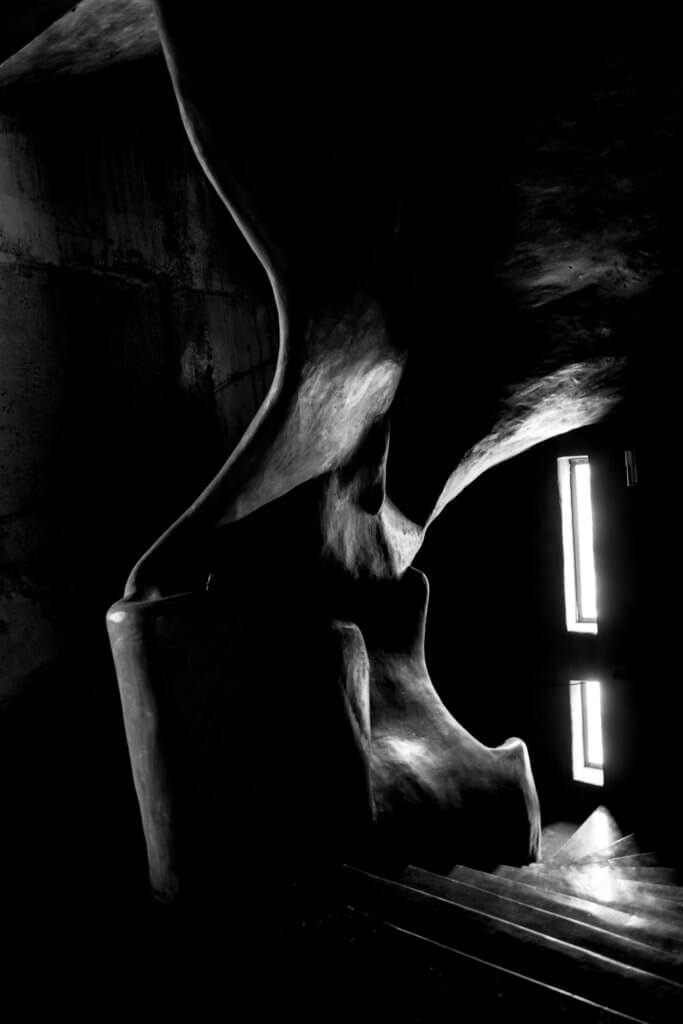
Hotel Sokhamon
«Maybe the future government is going to be controlled by us.»
RU
Do you think you and your peers will have an impact on how people will live in future Dakar ?
MT
Maybe, if the future government is going to be controlled by us [laughs]. By that I mean by people who dare to have a vision, and are ready to push the boundaries of what is considered “normal”. I think Senegal could be co-governed by a cultural hub of people who are able to bring new ideas and concepts that challenge the old ways, without scrapping our patrimony. I love working surrounded by these kinds of people, because all my crazy ideas start to sound normal, and therefore doable.
At her job with AGBPE, a state agency that is responsible for restoring and protecting public buildings, Tall is currently working on Gorée, a small island off the coast of Dakar, well-known for its role in the Trans-Atlantic slave trade.
Mamy Tall’s favourite buildings in Dakar
○ Hotel Sokhamon
○ CICES
○ The Earth House, Mamelles
○ Leopold Sédar Senghor Museum
○ Hotel Le Djoloff
Published 02/11/2020
By Rikard Uddenberg
Photo credits Petorovsky, Per Cromwell


